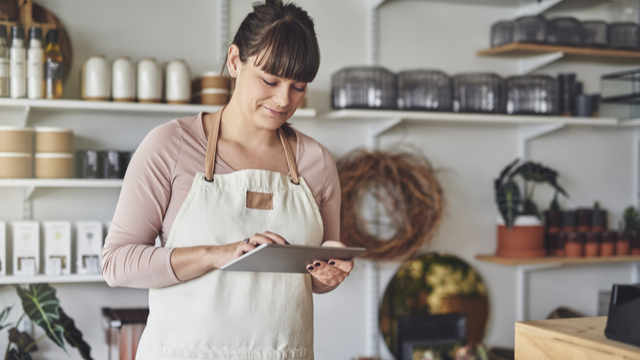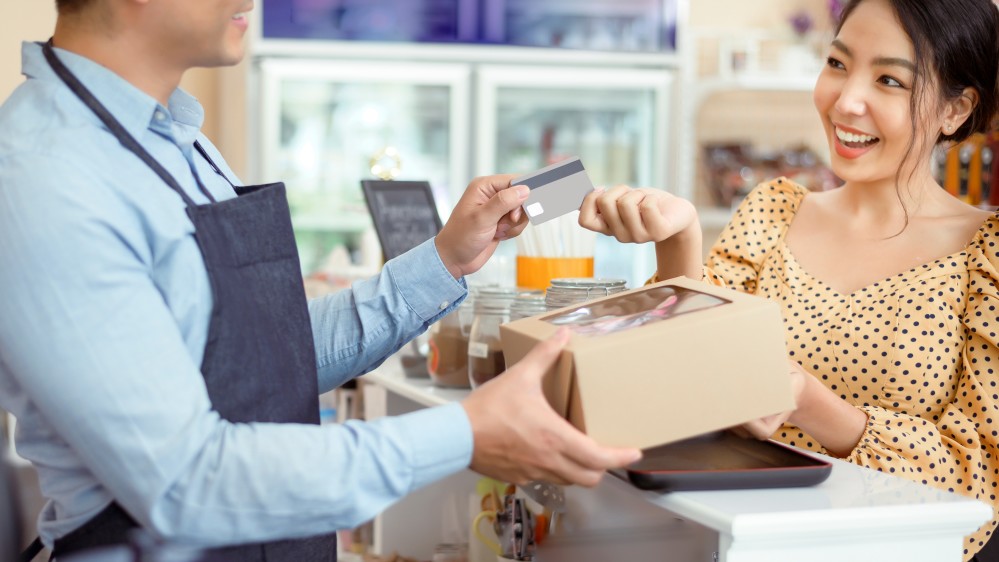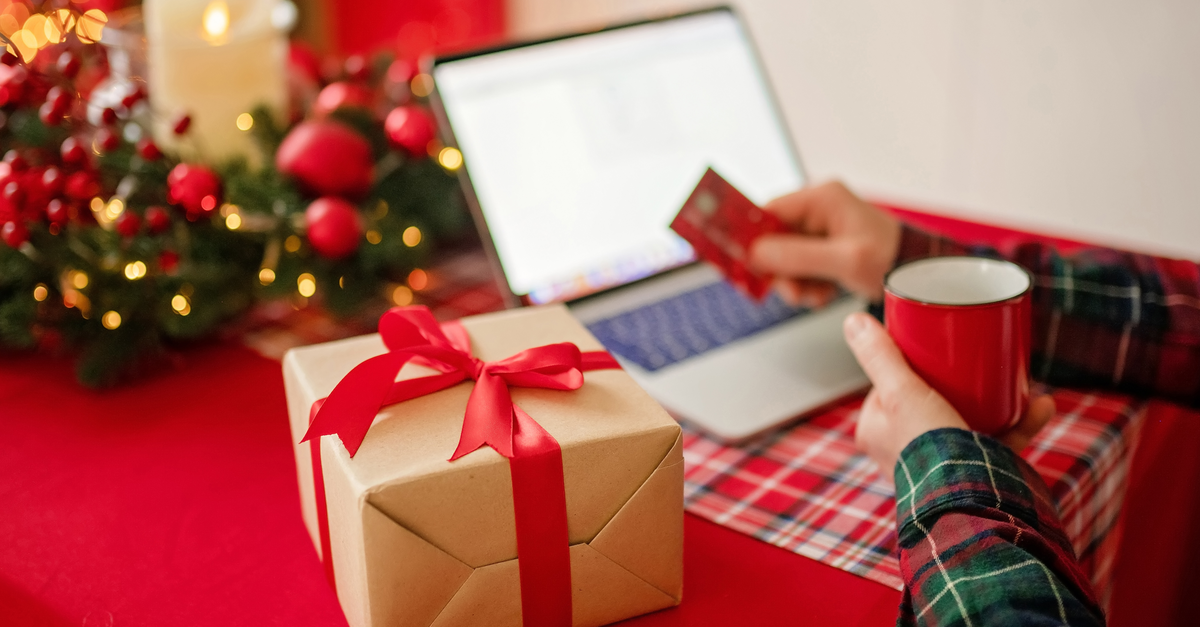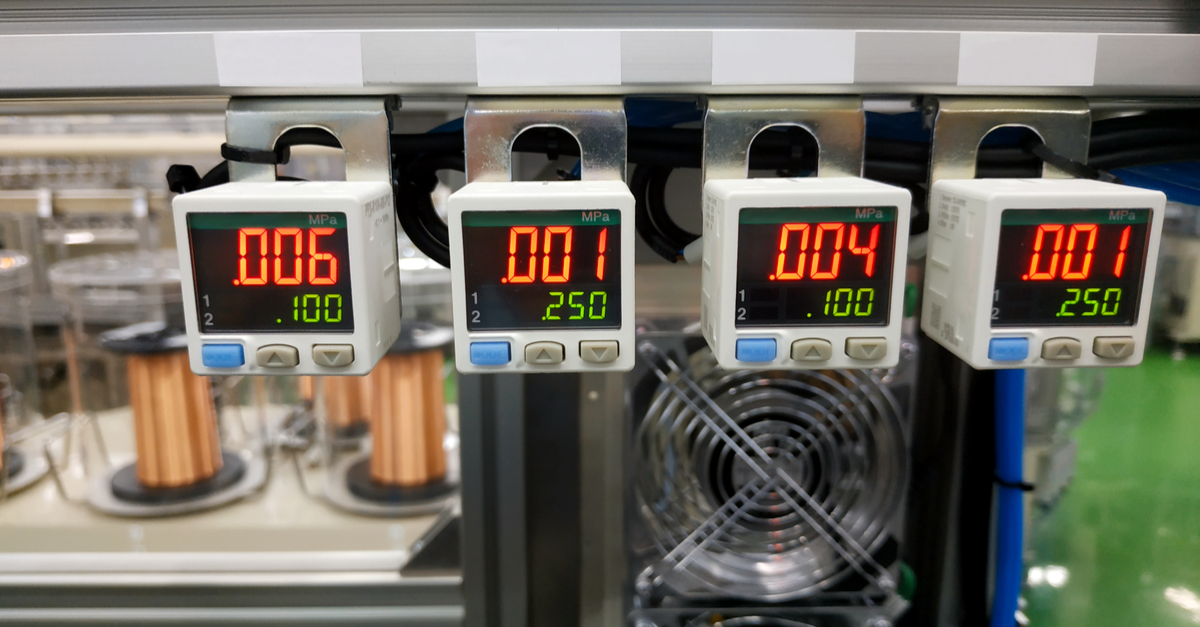5 min read
How to Create Customer-First Payment Experiences
Customer experience has become a top priority for shoppers, even topping price and product quality when choosing where to shop. According to a PwC...
3 min read
Samantha Kalany : Nov 17, 2023 4:22:57 PM

No matter the industry, whenever a new tactic or strategy is implemented, there will always be challenges before an organization can master the adoption. Retail environments are constantly evolving to improve their offerings and services while targeting products to their customer base.
The digital disruption impacted grocery stores, large and small, and with the latter grouping, they were ultimately forced to adapt or disappear amongst shoppers of today’s age. Physical stores are already integrating digital shelving technologies that provide real-time information to eager shoppers everywhere, keeping them engaged in the advances of their new favorite store. The same old grocery store shoppers visited week after week will shortly be transformed into a technological marvel of tomorrow, modernizing features and offering simplified options for their most loyal supporters.
How do Smart Shelves Work?
Smart shelving units alert retail associates when the inventory of a particular item has become increasingly low. This eliminates ghostly shelving space and allows customers to rifle through a stocked selection. Such updates are sent and received in real-time, based on the weight of what’s being stored on the shelf, so there are no communication delays or empty aisles.
More ingenious retail solutions help to pave the way for additional opportunities for software companies and other stakeholders involved in the algorithm. In many cases, retailers don’t have the staff to assign associates to post up at every aisle and monitor when stock becomes low, so employing sensors and RFID tags as an employee goes a long way.
Another brilliant shelving element highlights the point of utilizing RFID tags to track the purchase of items through antennas and wireless readers. All three of these add-ons can help track the whereabouts of products and devices, delivering this data directly to retailers so that they can receive additional insights into trending marketing strategies and hot spots. Some other benefits of such real-time solutions include the following takeaways:
Moving Throughout the Store
Moving on over to the checkout experience and just consumer experiences, Subject Matter Experts have found a tilt toward retailers embracing “frictionless” experiences. What defines a frictionless experience, one might ponder? This level of expertise incorporates heightened vision-based sensors and AI to level up the retail game. In a perfect scenario, frictionless interactions can encourage a shopper to locate a product, remove it from its location, and from there, the shelf (using computer vision) will know and understand that the item has been removed from its original spot and add that item to the customer’s virtual checkout cart on their mobile device.
 Amazon’s brick-and-mortar locations (AmazonGo) have also begun introducing similar shopping carts that utilize RFID chips and tags to scan when an item is added to the cart, allowing them to add that listed item to purchase directly through their Amazon account. “Walk Out Shopping,” as they refer to it, is their checkout-free shopping experience made possible by the same technology patterns that fuel power into self-driving vehicles, including computer vision, sensor fusion, and even deep learning. Cutting out the queue line, once you complete your shopping trip, you can process the transaction from your “smart cart” and then exit the building, minimizing contact with others and cutting your shopping trip duration in half.
Amazon’s brick-and-mortar locations (AmazonGo) have also begun introducing similar shopping carts that utilize RFID chips and tags to scan when an item is added to the cart, allowing them to add that listed item to purchase directly through their Amazon account. “Walk Out Shopping,” as they refer to it, is their checkout-free shopping experience made possible by the same technology patterns that fuel power into self-driving vehicles, including computer vision, sensor fusion, and even deep learning. Cutting out the queue line, once you complete your shopping trip, you can process the transaction from your “smart cart” and then exit the building, minimizing contact with others and cutting your shopping trip duration in half.
The march towards contactless/digital payments continues to surge forward as well, for according to studies conducted by Imar Intelligence, the most preferred forms of contactless shopping still rank in at curbside pickup (57%) and BOPIS (57%). The payment procedures accompanying these trends, boost increased attention from shoppers and its success rate overall. With the past almost two years of being confined to our homes, many consumers are increasingly anxious to get back out there and shop in physical shops; so much has been added to increase the consumer experience, including:
Reinventing the Experience
While many SMEs will tell you they know where the retail landscape is headed, the future is still unknown, so the key to survival is reinvention. The need for advanced technologies and integrations is essential to continue attracting consumers to one’s storefront location. Maximizing the physical and digital space is crucial when perfecting a retailer’s brand voice and goals.
Read More on TEConnect Portal – What’s Next for Experiential Retail?
 A few months back, our very own TEConnect Podcast crew linked up with Elo’s Ruth Cooley to dive deeper into where Grocery stores are headed, as though they were deemed an essential business throughout the pandemic. More specifically, the point of this episode worked in the idea that there is a lot to say when it comes to helping VARs prepare and position their sales pitch to grocers in a time so dire as this one.
A few months back, our very own TEConnect Podcast crew linked up with Elo’s Ruth Cooley to dive deeper into where Grocery stores are headed, as though they were deemed an essential business throughout the pandemic. More specifically, the point of this episode worked in the idea that there is a lot to say when it comes to helping VARs prepare and position their sales pitch to grocers in a time so dire as this one.
Elo, in particular, is helping by providing all of the educational resources and software/hardware bundled solutions to get those resellers in front of the right people at the right time. Be sure to listen to Episode 73 of the TEConnect Podcast to hear from John and Dean and learn more about how Value-Added Resellers can continue to meet the needs of their customers in a time that’s still so unknown, especially with the supply chain madness taking place right before the holiday season.

5 min read
Customer experience has become a top priority for shoppers, even topping price and product quality when choosing where to shop. According to a PwC...

7 min read
It’s the most beautiful time of the year… the bumper-to-bumper traffic on the way to the shopping malls and the back-ordered, highly sought-after...
 Read More
Read More